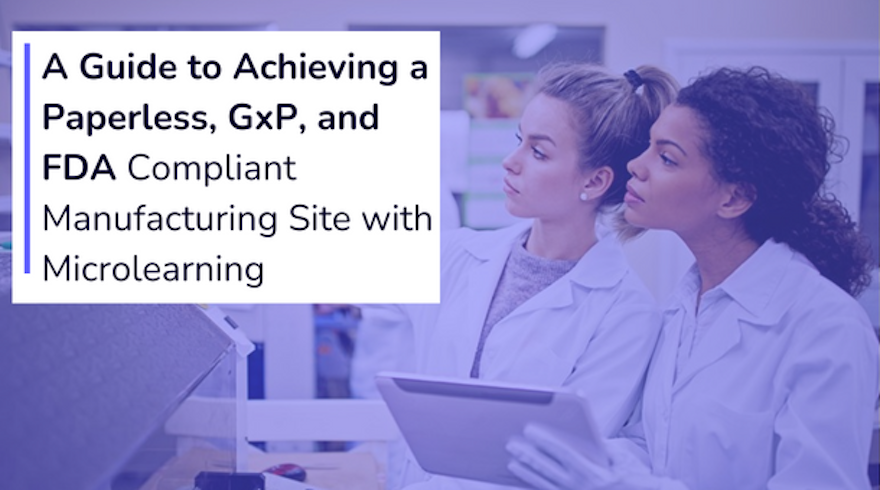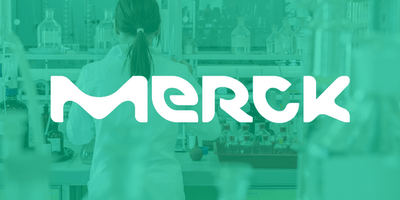Embarking on the journey to convert a highly regulated manufacturing site into a paperless operation requires a strategic, meticulous approach. This transition not only aims to enhance environmental sustainability and operational efficiency but also ensures adherence to Good Manufacturing Practices (GxP) and U.S. Food and Drug Administration (FDA) regulations. By integrating Speach's microlearning platform, organizations can significantly improve training processes, thereby increasing employee engagement and ensuring compliance. This guide provides a detailed roadmap to facilitate this comprehensive transformation.
Step 1: Audit and Simplify Existing Paper-Based Processes
Audit
Initiate the process with a comprehensive audit of your existing paper-based systems. This audit should focus on identifying all documents, records, and procedures that are vital for maintaining compliance with GxP and FDA standards. Understanding the full scope of your documentation and the extent of digital transformation needed is crucial at this stage.
Organize and Simplify
Following the identification of key documents and procedures, the next step involves their organization and simplification. This entails a critical evaluation of each document and procedure to understand its necessity (why it exists), its requirements (what it achieves), and its execution process (how it is performed). This stage is pivotal for eliminating redundant processes and simplifying complex operations, making the digital transition smoother and more manageable.
RACI Methodology
Implementing the RACI (Responsible, Accountable, Consulted, Informed) methodology at this juncture helps in defining clear responsibilities for every task. This clarity ensures that every aspect of the process is adequately managed, promoting accountability and facilitating smoother digital transition.
Step 2: Define Your Digital Transformation Goals
Clear, measurable objectives are essential for any successful digital transformation. These goals should not only focus on enhancing operational efficiency and achieving regulatory compliance but should also aim to reduce environmental impact and improve training outcomes. Aligning these objectives with your organization's broader strategic goals ensures cohesive and focused progress towards the paperless transition.
Step 3: Choose the Right Digital Tools
Selecting the appropriate digital tools is crucial for supporting your complex manufacturing processes while meeting regulatory standards. Speach stands out as a particularly valuable tool in this regard. Its capability to create GxP and FDA-compliant microlearning content makes it an indispensable resource for any organization aiming to go paperless.
Step 4: Convert and Manage Digital Documents
Converting your streamlined paper documents into digital formats is a significant step in the paperless transition. It's essential to implement a robust document management system (DMS) at this stage. A DMS ensures secure storage, easy access, and full traceability of digital records, facilitating compliance with GxP and FDA requirements by maintaining the integrity, confidentiality, and accessibility of the documents.
Step 5: Implement and Customize Microlearning for Training
Moving away from traditional training methodologies to a microlearning approach is facilitated by Speach. This involves creating short, multimedia-rich training modules that are tailored to the unique needs of your workforce. Such a strategy not only makes the training process more engaging but also ensures regulatory compliance by delivering concise, easily digestible, and up-to-date information in an accessible format.
Rebuild Onboarding Programs
Incorporating microlearning into your onboarding programs is a critical aspect of this step. Completely rebuilding these programs to include bite-sized learning modules ensures that new employees are introduced to operational and compliance practices in a manner that is both efficient and effective, fostering a deeper understanding and better retention of important information.
Step 6: Ensure Compliance and Embrace Continuous Improvement
Utilizing Speach's platform, continuously update your training content to reflect the latest in GxP and FDA regulations. Leverage the analytics provided by the platform to monitor engagement and learning outcomes, allowing for real-time improvements to your training programs based on actual data. This iterative approach ensures that your training content remains relevant, engaging, and compliant.
Step 7: Train, Monitor Adoption, and Gather Feedback
Training your team on the new digital tools and microlearning methodologies is crucial for ensuring a smooth transition. Monitoring the adoption of these innovations closely and gathering feedback from your team members are essential steps for identifying and addressing any challenges that arise during the implementation phase promptly.
Step 8: Review, Revise, and Scale
Continuously review the effectiveness and compliance of your paperless and microlearning strategies. Make adjustments based on feedback and evolving regulatory standards. As your organization grows and changes, be prepared to scale your digital and training solutions to meet new operational and regulatory challenges, ensuring that your transition to a paperless environment remains successful and sustainable.
Conclusion
The journey to a paperless, GxP, and FDA compliant manufacturing site is multifaceted, requiring a strategic approach to digital transformation and employee training. By leveraging Speach's microlearning platform, companies can significantly enhance the efficiency, engagement, and compliance of their training programs. This comprehensive guide provides a roadmap for successfully navigating the complexities of going paperless and implementing effective training solutions in highly regulated manufacturing environments.





